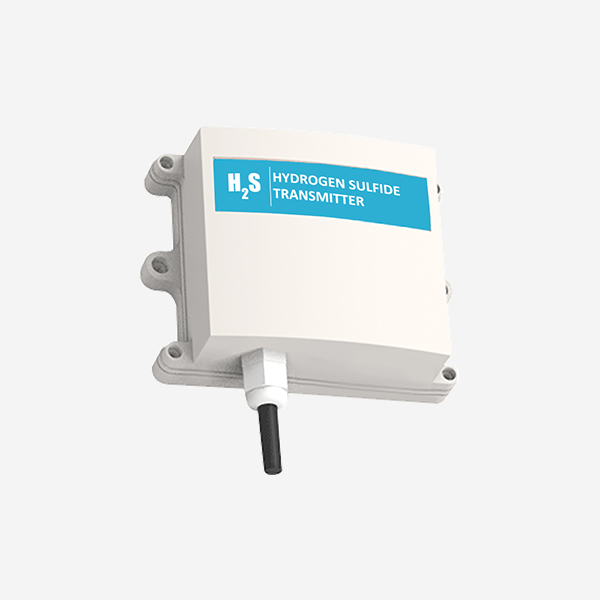H2S monitor, also known as hydrogen sulfide detectors or gas detectors, are specifically designed to detect and alert individuals of the presence of H2S gas. These monitors utilize advanced electrochemical or infrared sensors to accurately measure H2S concentrations in the air. By continuously monitoring the environment, these devices provide valuable data that allows workers and management to take appropriate actions to mitigate risks.
What is h2s ?
H2S is a colorless and flammable gas with a distinct “rotten egg” odor. Even at low concentrations, exposure to H2S can lead to severe health effects, including respiratory problems, eye irritation, nausea, dizziness, and in extreme cases, loss of consciousness or even death. Therefore, it is crucial to have reliable monitoring systems in place to detect and measure H2S levels in real-time.
One of the primary functions of H2S monitors is to trigger alarms when H2S concentrations exceed predefined thresholds. These alarms can be visual, audible, or even vibratory, depending on the specific monitor. The immediate alert allows workers to evacuate the area, put on appropriate personal protective equipment (PPE), or implement other safety protocols to prevent exposure and minimize potential health risks.

H2S monitor also play a critical role in assessing the effectiveness of safety measures and ensuring compliance with regulatory standards. By continuously monitoring H2S levels, these devices provide valuable data that can be used to evaluate the adequacy of ventilation systems, PPE usage, and other control measures. This data-driven approach helps identify potential areas of improvement and enables proactive safety enhancements.
Furthermore, H2S monitors facilitate the identification and localization of H2S sources. In industries where hydrogen sulfide is produced or used, such as oil refineries or wastewater treatment plants, leaks or faulty equipment can lead to the release of H2S gas. H2S monitors enable rapid detection of these leaks, allowing maintenance teams to promptly address the issue, prevent further exposure, and minimize the impact on workers and the environment.

The portability and versatility of H2S monitors enhance their usability in various work environments. These monitors come in different forms, including handheld devices, wearable detectors, or even fixed installations in designated areas.This flexibility allows continuous monitoring in confined Spaces and remote locations, ensuring comprehensive coverage.
In addition to their immediate safety benefits, H2S monitors also contribute to long-term risk management. Continuous monitoring of H2S levels and recording and analyzing the data helps us identify potential risk factors. This data-driven analysis helps develop strategies for continuous improvement in safety practices and ensures a sustained safe working environment.
In conclusion, H2S monitors are indispensable tools in safeguarding against hydrogen sulfide exposure. These monitors provide real-time detection and measurement of H2S gas, allowing for immediate response and the implementation of safety protocols. Through proactive risk management and compliance assessment, H2S monitors contribute significantly to maintaining a safe working environment. The portability and versatility of these monitors further enhance their usability in various industries. With their critical role in detecting and mitigating H2S risks, H2S monitors are essential components of any comprehensive safety program.
